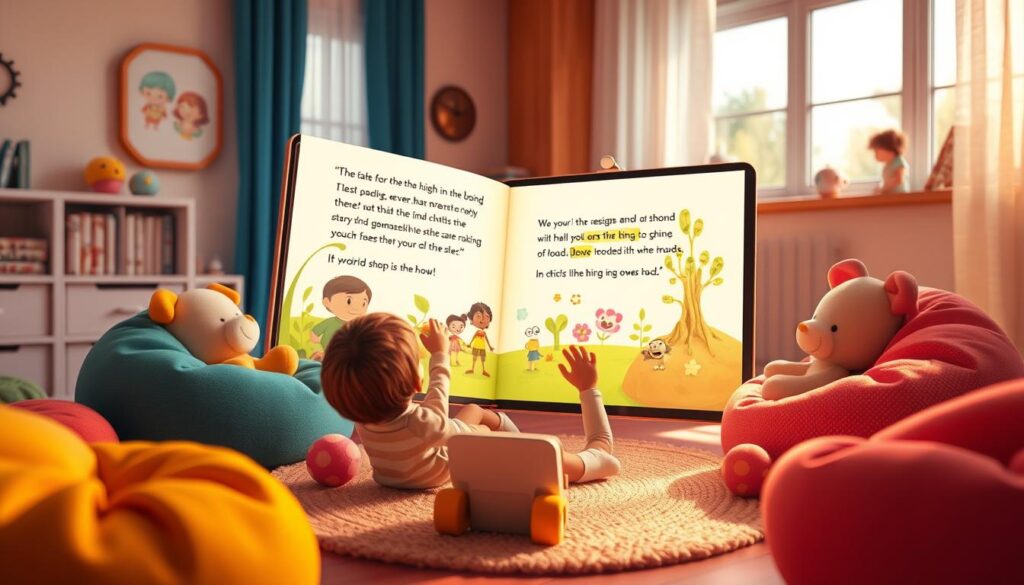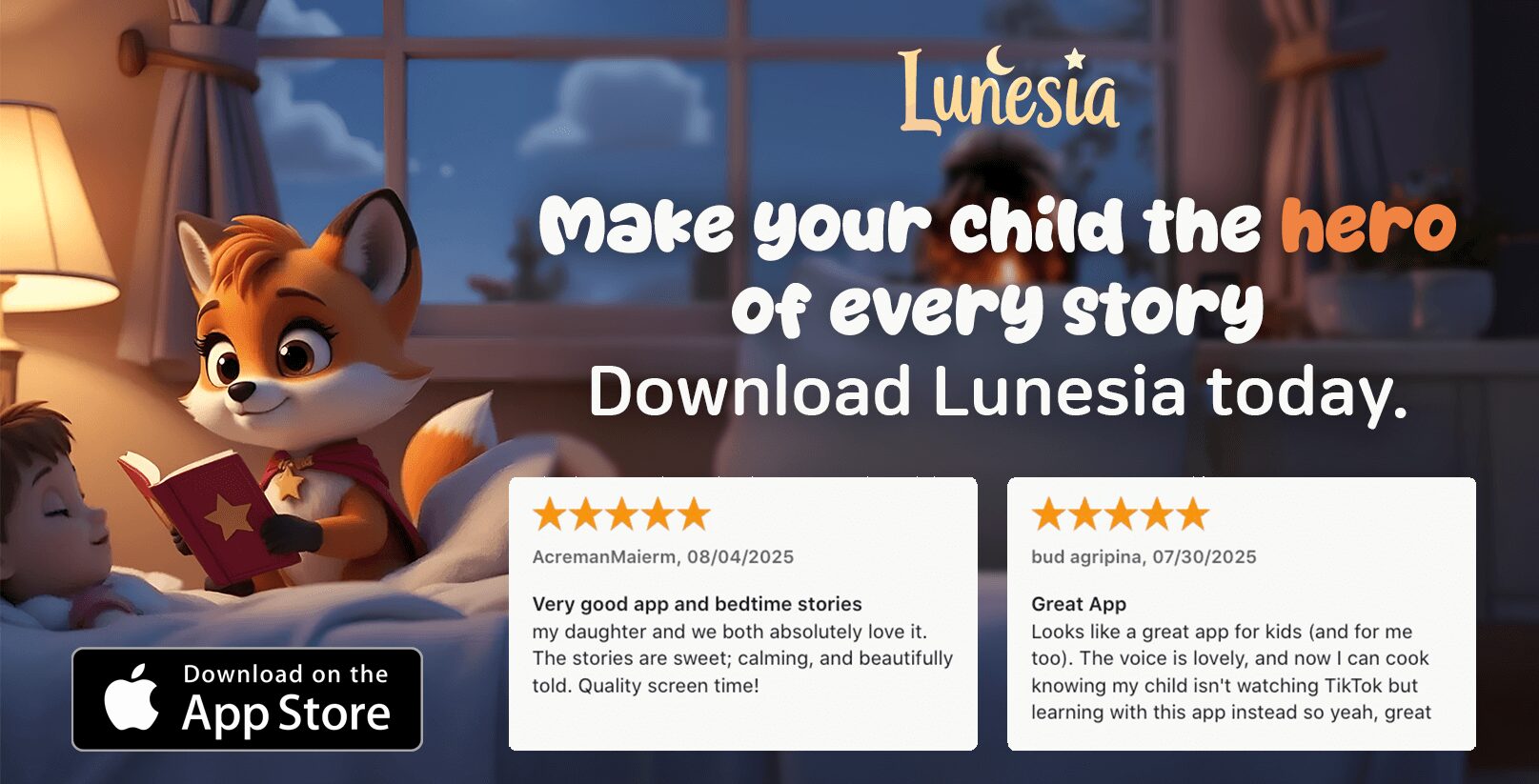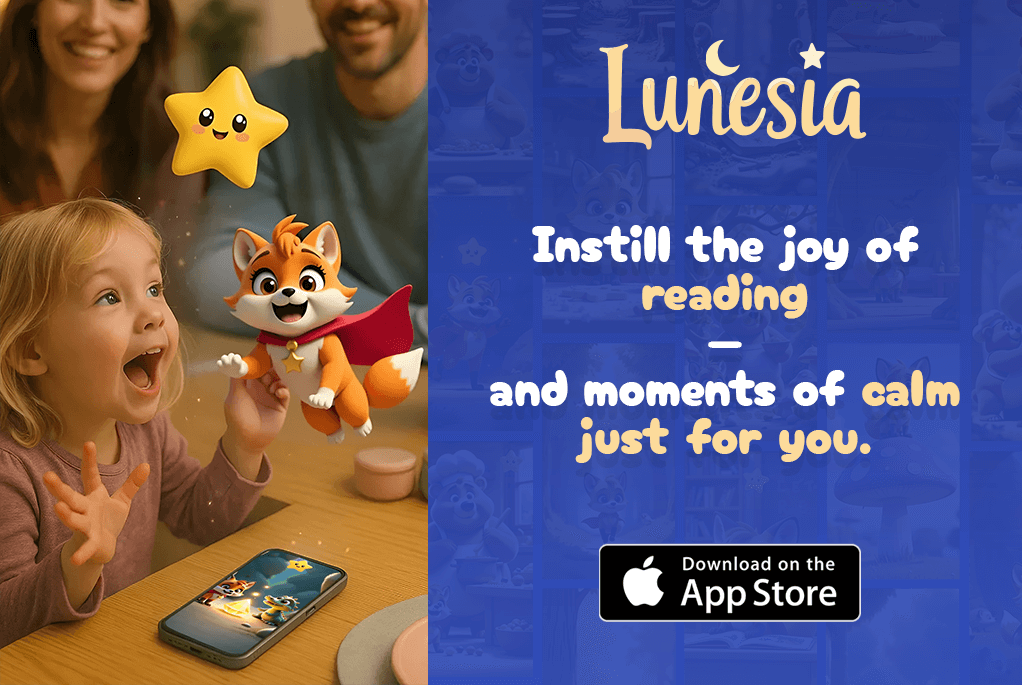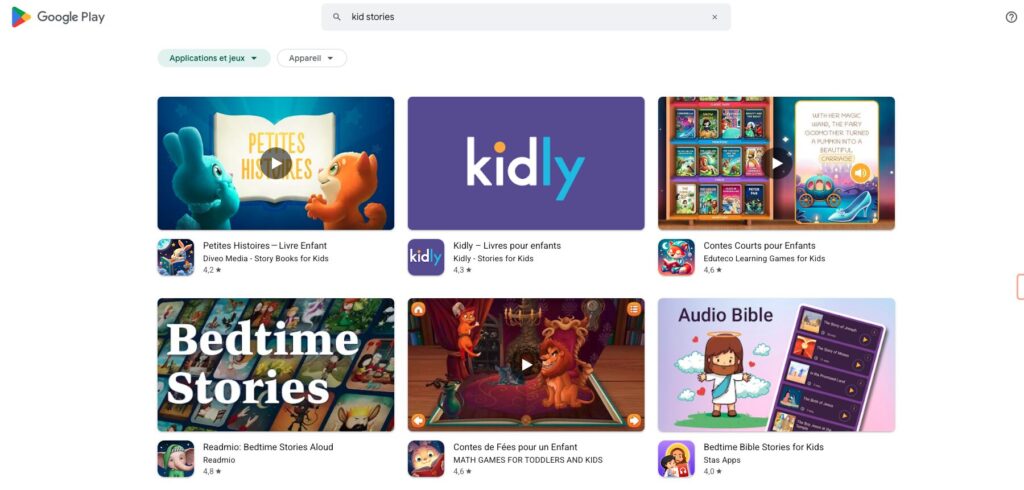I remember when my nephew, Ethan, struggled to sit through a book. He’d fidget, lose focus, and often ask, “Can we stop now?” It wasn’t that he didn’t like stories—he just needed a way to connect with them. That’s when we discovered interactive story platforms. Suddenly, reading became an adventure he couldn’t wait to dive into.
Interactive stories transform reading from a passive activity into an engaging experience. They allow children to make choices, explore outcomes, and even co-create the narrative. This active participation builds confidence and keeps them hooked.
Research shows that children who engage with interactive content are more likely to develop a love for reading. They also improve comprehension, vocabulary, and critical thinking skills. It’s not just about reading—it’s about learning through play.
If you’ve ever wondered how to spark a child’s interest in books, interactive stories might just be the answer. They’re a powerful tool to turn reluctant readers into eager learners.
Interactive Stories: Enhancing Reading Skills through Engagement
Watching my daughter light up as she chose her own adventure in a story was a game-changer. It wasn’t just about reading anymore—it was about exploring, deciding, and imagining. This is the power of storytelling when it’s done right.
Role of Storytelling in Cognitive Development
Storytelling isn’t just entertaining; it’s a powerful tool for cognitive growth. When children engage with a story, they’re not just listening—they’re thinking, predicting, and problem-solving. Studies show that this process stimulates imagination and critical thinking, helping kids develop essential skills.
For example, when my son started predicting plot twists, I noticed his ability to analyze situations improved. He wasn’t just reading—he was learning to anticipate outcomes and make decisions. This is how storytelling supports cognitive development.
Building a Love for Reading with Interactive Plots
Interactive elements in stories make reading an active experience. Instead of passively following along, children become part of the narrative. They make choices, explore different paths, and see the consequences of their decisions. This engagement keeps them hooked and eager to read more.
Research from Writing.com highlights how interactive plots drive emotional and cognitive engagement. When kids feel connected to the story, they’re more likely to develop a lifelong love for reading. It’s not just about the words on the page—it’s about the journey they create.
As a parent, I’ve seen firsthand how these experiences transform reluctant readers into enthusiastic ones. It’s a joy to watch them grow, both as readers and thinkers.
Unpacking the Mechanics Behind Interactive Storytelling
When my son first encountered a story where he could decide the outcome, it was like watching a lightbulb turn on. He wasn’t just reading—he was shaping the narrative. This is the magic of interactive storytelling.

Understanding Plot Choices and Reader Involvement
At the heart of these narratives are plot choices. Each decision a child makes influences the story’s direction. This involvement keeps them engaged and invested in the outcome. It’s not just about reading—it’s about creating.
For example, platforms like Talefy use algorithms to ensure every choice feels meaningful. Whether it’s deciding a character’s next move or solving a problem, these decisions teach kids to think critically and creatively.
The educational benefits are clear. Practicing decision-making through plot choices helps children develop problem-solving skills. It’s a fun way to learn while staying immersed in the story.
What makes these experiences so powerful is their ability to adapt. Every choice leads to a different outcome, making each reading session unique. This personalization keeps young readers coming back for more.
Interactive Stories’ Impact on Imagination and Creativity
When my niece first explored a story where she could shape the ending, her excitement was contagious. It wasn’t just about reading—it was about creating, imagining, and discovering. This is the power of interactive storytelling in nurturing creativity and critical thinking.
Stimulating Children’s Creative Thinking
Interactive stories encourage children to ponder “what if” scenarios. By making choices, they explore different outcomes and imagine new possibilities. This process sparks their imagination and helps them think outside the box.
For example, platforms like Talefy allow kids to decide a character’s actions or solve challenges. These decisions aren’t just fun—they teach kids to think creatively and consider multiple perspectives. It’s a playful way to build essential skills.
Fostering Problem-Solving through Plot Twists
Plot twists in interactive stories challenge children to think critically. Unexpected turns require them to adapt and find solutions, fostering resilience and problem-solving skills. It’s like a mental workout wrapped in a fun narrative.
Research shows that children who engage with such stories improve their ability to analyze situations and make decisions. They learn to anticipate consequences and think ahead, skills that extend beyond reading.
Interactive storytelling isn’t just about entertainment—it’s a tool for growth. By nurturing creativity and problem-solving, it helps children develop a love for learning and exploration that lasts a lifetime.
Implementing Interactive Stories in Daily Reading Routines
Introducing interactive elements into our reading routine made bedtime stories more exciting. It wasn’t just about flipping pages—it was about creating adventures together. If you’re looking to make reading a daily habit, here’s how to get started.
Practical Tips for Parents
Start by setting aside a special place for reading. A cozy corner with soft lighting and comfortable seating can make all the difference. This dedicated space helps children associate reading with relaxation and joy.
Next, choose stories that allow for participation. Platforms like Talefy offer narratives where kids can make choices, keeping them engaged. Research shows that such involvement improves comprehension and vocabulary.
Finally, make it a routine. Consistency is key. Whether it’s before bed or after school, regular reading sessions build a habit that lasts a lifetime.
Engagement Strategies for Diverse Age Groups
For younger children, focus on simple choices and colorful visuals. Interactive stories with bold illustrations and easy decisions keep their attention.
Older kids can handle more complex plots. Encourage them to predict outcomes or discuss character motivations. This not only enhances their critical thinking but also makes the experience more rewarding.
Remember, every child is unique. Tailor your approach to their interests and reading level. The goal is to make reading a fun and enriching part of their day.
Talefy: Revolutionizing AI-Generated Interactive Stories
Discovering Talefy felt like stepping into a new era of storytelling. This innovative platform merges AI technology with narrative creation, offering a fresh way to engage young readers. It’s not just about reading—it’s about shaping the story itself.

Exploring AI-Powered Story Creation
Talefy’s AI algorithms craft dynamic narratives that adapt to readers’ choices. Each decision influences the plot, making every reading session unique. This technology raises the bar for creativity, offering endless possibilities for storytelling.
For example, kids can decide a character’s actions or solve challenges within the story. These choices aren’t just fun—they teach critical thinking and problem-solving. It’s a playful way to build essential skills while staying immersed in the narrative.
Customizing Characters and Worlds for Immersive Experience
Talefy’s tools allow readers to create detailed characters and build intricate worlds. This customization enhances the storytelling experience, making it deeply personal and engaging. Kids can design characters with unique personalities and backstories, adding depth to the narrative.
World-building templates provide diverse settings, from magical kingdoms to futuristic cities. This variety ensures that every story feels fresh and exciting. The platform’s intuitive design makes it easy for kids to unleash their creativity.
Talefy represents a revolutionary step in storytelling for children. By combining AI technology with interactive elements, it transforms reading into a dynamic and educational adventure. It’s a tool that nurtures creativity, critical thinking, and a lifelong love for reading.
Expanding Story Worlds with Diverse Interactive Elements
One evening, as I watched my child dive into a story where they could shape the journey, I realized how much storytelling has evolved. Traditional elements like character development and plot twists are now being reimagined with modern, engaging components. This blend creates richer, more immersive experiences for young readers.
Integrating Traditional Story Elements in Modern Narratives
Classic storytelling techniques, such as moral lessons and hero’s journeys, are finding new life in today’s narratives. By adding interactive layers, these timeless elements become even more impactful. For example, children can now decide how a character responds to challenges, making the moral lesson more personal and memorable.
Platforms like Writing.com showcase how blending old and new techniques can open up diverse story worlds. These narratives often include culturally rich settings and characters, fostering empathy and understanding. When kids explore these worlds, they learn to appreciate different perspectives and traditions.
Research shows that integrating diverse content improves comprehension and emotional intelligence. Stories that reflect a variety of cultures and experiences help children connect with the world around them. This approach not only enhances learning but also builds a sense of global citizenship.
By combining traditional storytelling with modern innovation, we’re creating a new generation of readers. These evolving story worlds inspire curiosity, creativity, and a lifelong love for reading. It’s a journey that parents and children can embark on together, exploring endless possibilities.
Conclusion
Seeing my child’s eyes light up as they shaped their own narrative was a moment of pure joy. This experience reinforced how powerful interactive storytelling can be in fostering cognitive development and creativity. By making choices and exploring outcomes, children not only improve their reading skills but also build confidence and critical thinking abilities.
Creating a dedicated place for reading at home can make these sessions even more special. A cozy corner with soft lighting and comfortable seating transforms reading into a cherished routine. Platforms like Talefy, with their AI-driven narratives, offer endless possibilities for engagement, making every session unique and exciting.
As parents, we have the opportunity to nurture a love for reading that lasts a lifetime. By blending traditional storytelling with modern innovations, we can create a brighter future for our children. Experiment with these tools and watch as your child’s imagination and skills flourish.
FAQ
How do interactive stories improve children’s reading skills?
Interactive stories engage children by allowing them to make choices, which keeps them interested and motivated. This active participation helps improve comprehension, vocabulary, and critical thinking skills.
What role does storytelling play in cognitive development?
Storytelling stimulates brain activity by encouraging imagination, memory, and problem-solving. It helps children understand complex ideas and emotions, fostering overall cognitive growth.
How can parents use interactive stories in daily routines?
Parents can incorporate interactive stories by setting aside dedicated reading time, encouraging children to make plot choices, and discussing the story’s outcomes. This makes reading a fun and educational activity.
What are the benefits of AI-generated interactive stories?
AI-generated stories, like those from Talefy, offer personalized experiences by adapting to a child’s preferences. They provide endless creative possibilities, making each story unique and engaging.
How do interactive elements stimulate creativity in children?
Interactive elements, such as plot twists and character decisions, encourage children to think creatively and explore different outcomes. This fosters problem-solving skills and imaginative thinking.
Can interactive stories be tailored for different age groups?
Yes, interactive stories can be customized to suit various age levels. For younger children, simpler choices and colorful visuals work best, while older kids enjoy more complex plots and decision-making.
What makes Talefy’s AI-powered stories stand out?
Talefy’s stories are unique because they allow children to customize characters and worlds, creating a deeply immersive experience. The AI adapts to each child’s preferences, making every story special.
How do traditional story elements blend with modern interactive narratives?
Traditional elements like character development and moral lessons are seamlessly integrated into interactive narratives. This combination preserves the essence of storytelling while adding modern engagement techniques.




